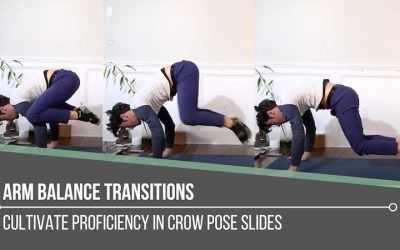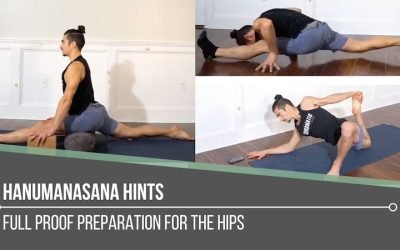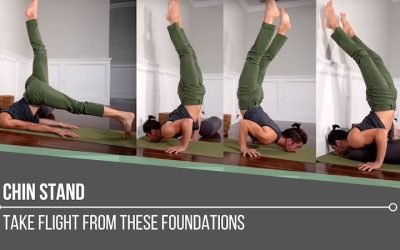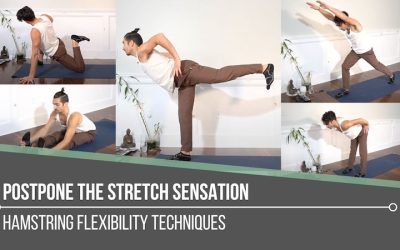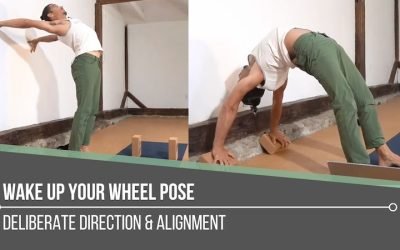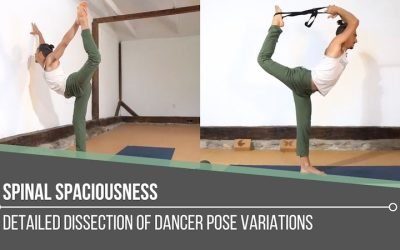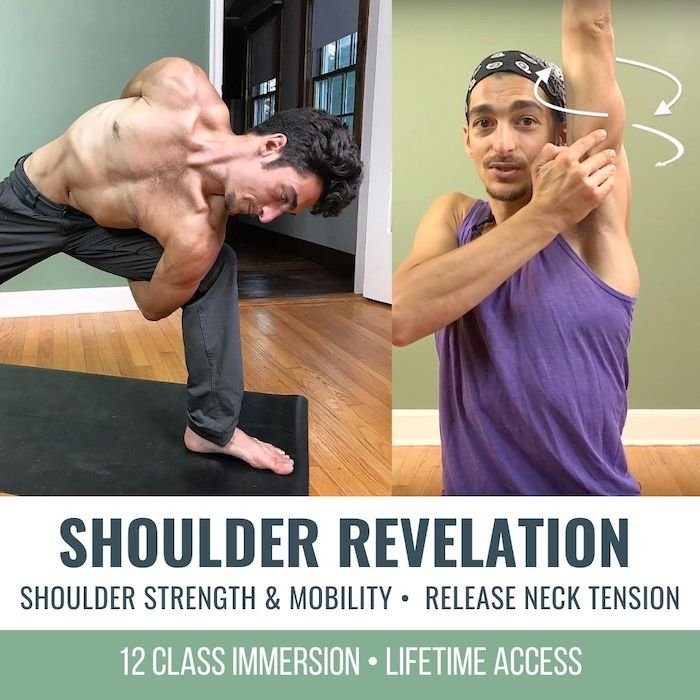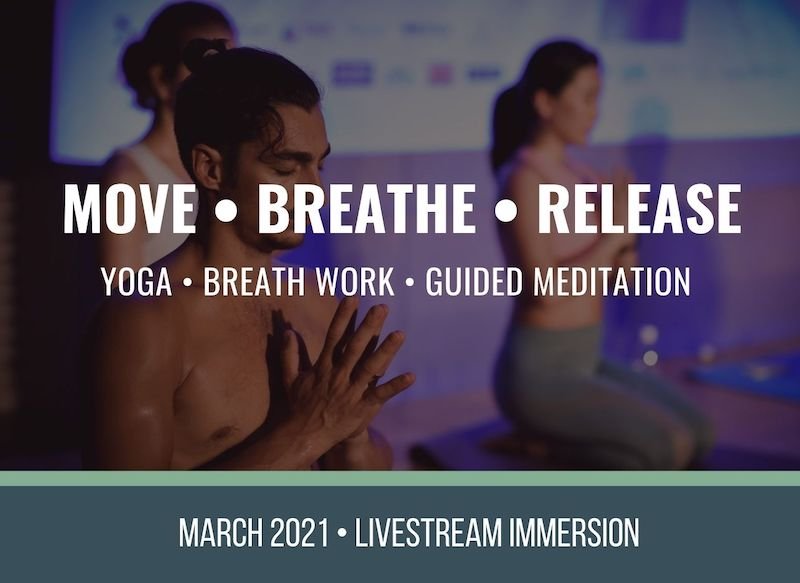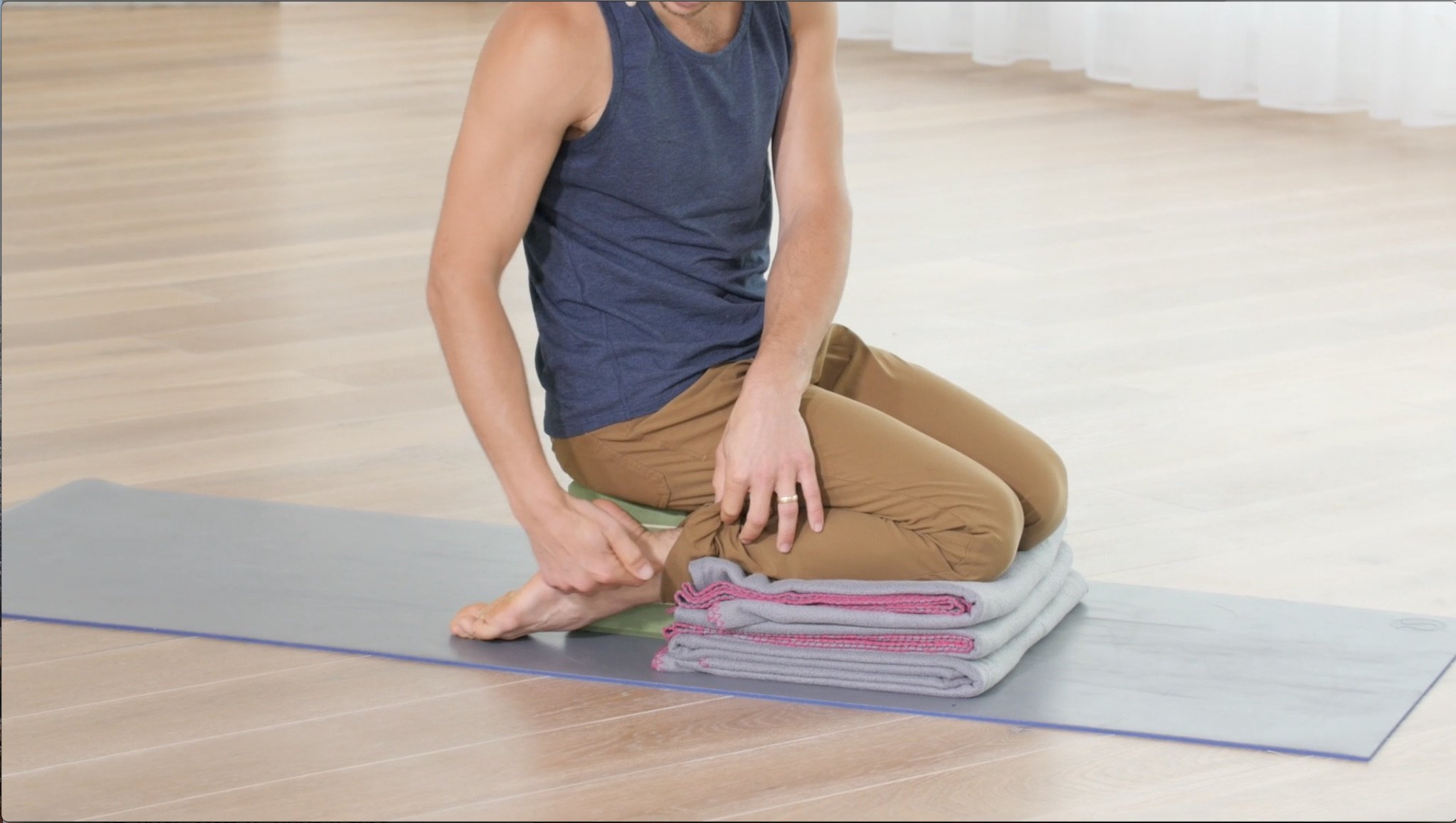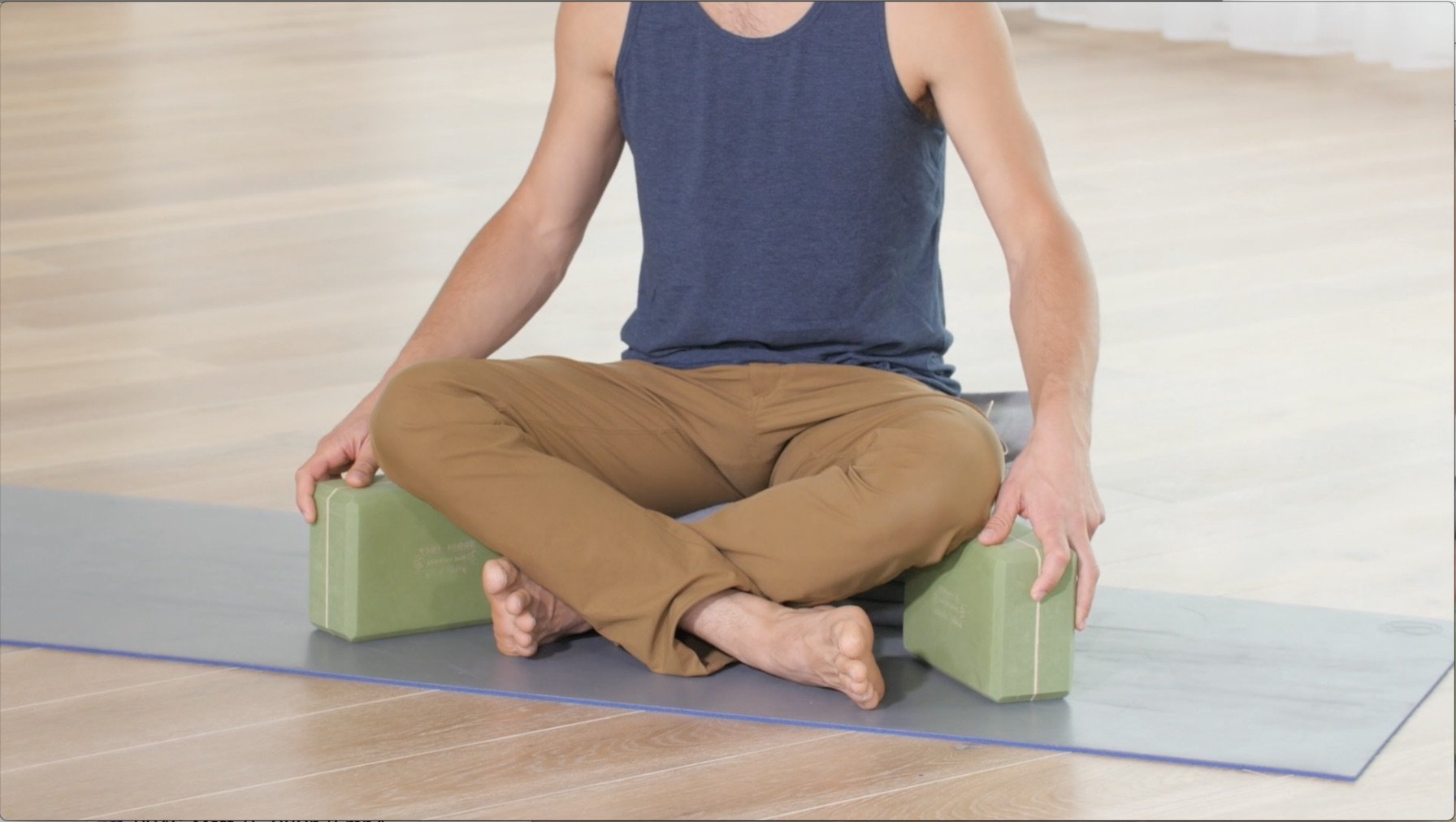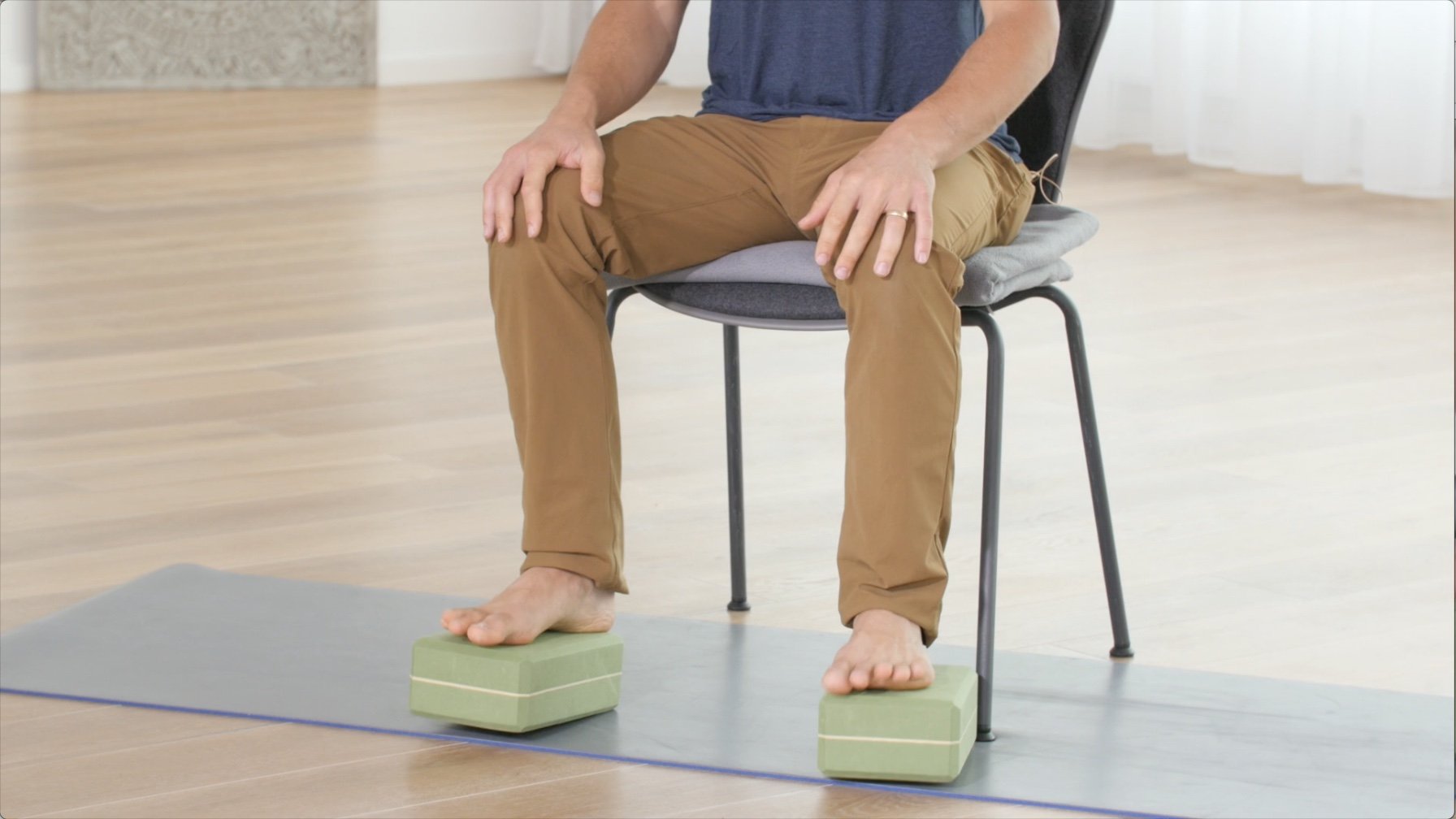Arm Balance TransitionskakasanaARM BALANCE TRANSITIONS Arm balance postures can be challenging enough without attempting to layer on a smooth transition in and out of them. However, fluid transitions are a natural progression in our yoga practice; they also provide...
Samskaras and Neuroplasticity
Does your family put your spiritual practice to the test?
Have you been making leaps and bounds through your yoga or meditation practice – feeling better day to day, learning to take a breath in the challenging moments, and ultimately living life more freely from a place of joy? The Yoga practice helps us move in that direction, and then we go back home for a holiday gathering with our family and suddenly we are right back where we started. Why is that? What is it about family, caretakers, or being in the home we grew up in that pulls us back into our old patterns of thought, emotions, or behaviors? According to the yoga tradition, it’s because of Samskaras.
What ARE Samskaras?
A samskara is often translated as the groove or pattern of the mind and directly relates or corresponds with our actions or behavior. Samskaras begin forming at the very moment we step into our bodies. Our parents, or the ones who raise us, largely play a major role in the forming of our Samskaras. When we were children our lens of perception was colored for us; we were taught to see the world the way our parents, teachers, and society saw it. At some point in our journey, we woke up and began to self-reflect, recognizing that perhaps the lens we’ve been looking through is not the truth. Let’s look at this lens of perception as a window. The window has a lifetime of dirt and grime, and the yoga, meditation, and self-inquiry practice help to clean the window little by little, allowing us to see life more clearly so we can experience it as it is rather than as we believe it to be.
The analogy I use in the video below is another way of understanding Samskaras. I explain that Samskaras create grooves in the mind like the groove of a river in a mountain side. The river carves out the earth little by little through repetition and time and eventually becomes powerful. Our mind (thoughts, emotions, beliefs, perception) is exactly like the river. Starting when we are young, the mind begins to look for like and unlike experiences and collecting them as beliefs and perception. This helps us to determine safe and unsafe situations, and forms our communication: “When I cry, caretaker brings me food,” or perhaps “when I cry, no one responds.” Through repetition, these observations become our perception or the grooves of our mind. We may then form the opinion that it is good or bad or effective or ineffective to express ourselves a certain way. We form beliefs about others and the world we live in.
Now that you have begun your yoga practice, you have likely begun the process of burning away your Samskaras. How do you know? If you are behaving differently: more patient, kind, respectful, loving, emotionally stable or vulnerable, light-hearted, joyful, etc. Burning Samskaras or old patterns allows us to live in the now, where the magic of life exists, and the world feels exciting and new again.
WHY DOES BEING AROUND FAMILY MAKE ME FEEL LIKE I HAVE NOT GOTTEN ANYWHERE?
Because the vast majority of Samskaras were formed at a very young age, they have had a lifetime to get stronger. Like the river that has been digging its way into the earth, the longer it has been flowing, the deeper the groove. The samskaras that were formed as a child are triggered by experiences that are closest to the ones that formed them in the first place – typically your parents, siblings, or caretakers. Or you might be most triggered by people in your life that most resemble them which could be your boss, teacher, in-laws, friend, etc. You may have been working on yourself for quite some time, burning away the outer layers, only to show up at a family gathering or holiday dinner and notice your blood boiling, ready to argue, run away or just plain give up. There is a saying that goes something like, “if you think you are enlightened, visit your family.” How perfect that statement is as a reminder that yoga is a practice, not a one-time product purchase to solve your issues. We need to continuously stoke the fire of transformation to experience freedom from our Samskaras.
Burning Samskaras
Burning Samskaras is recognized in modern psychology as Neuroplasticity – our brain’s capacity to change our neurological patterning. While much of our childhood patterns are formed without our awareness, it is awareness that allows us to burn what no longer serves us. Awareness is also what allows us to choose how we want to feel, act, think, and exist in this world. Awareness is a state of being that floods our conscious mind when we are present in the here and now. Have you ever watched yourself think a thought, or witnessed the sensations of your body, or decided to take a breath instead of reacting? The part of you that is aware of thoughts, emotions, and actions is awareness–and awareness is something you can strengthen just like a muscle. How do you strengthen it? The 4 main practices are Yoga, Meditation, Breath Work (pranayama), and Self-Inquiry. Self-Inquiry is also the result of the first three practices, as it is our “awareness” that creates the inquiry. Self-inquiry is the process of asking yourself questions, observing your thoughts, emotions, and behavioral patterns, and reflecting upon your actions and reactions. Through repetition, your awareness builds strength and awareness slowly burns away old patterns. Literally, the brain forms new neurological “wiring” which changes the way we act or react in any given situation.
Anchoring
There is much that is beyond our control such as life circumstances and outcomes of our actions, but what we do have control of is the inner landscape of our mind and our actions. That might seem like a large task, and it does take time and routine practice of yoga and meditation (see Elements of Mastery for both), however, there is one thing you can do right now to help you maintain your ground when you step back into the all too familiar family dinner or holiday celebration.
“Create an Anchor” This is what I call having an intention, but I use the imagery of an anchor so when the seas get rough, you hold tight to the ocean floor and stay deeply grounded in your intention. The questions to form your intention are
- How do you want to feel?
- How do you want to act?
Anchor yourself into the answers to these questions by asking yourself how you want to feel/act the moment you start to feel your blood boil under the surface of your skin or when you just want to run or hide. When you notice yourself falling back into your old patterns, hold tight to your anchor and do not let go. You may need to excuse yourself and take a few breaths or do a quick sun salutation, and that is ok! Be compassionate, the river is incredibly strong but you are indeed stronger.
Elements of Mastery
The most in-depth online yoga immersion offered by Matt Giordano. This immersion contains several full-length workshops focusing on how the body relates to nature’s elements: Earth, Water, Fire, Air, & Space. In addition to deepening your physical practice, you will learn anatomy, adjustments, and the approach to Mastery!
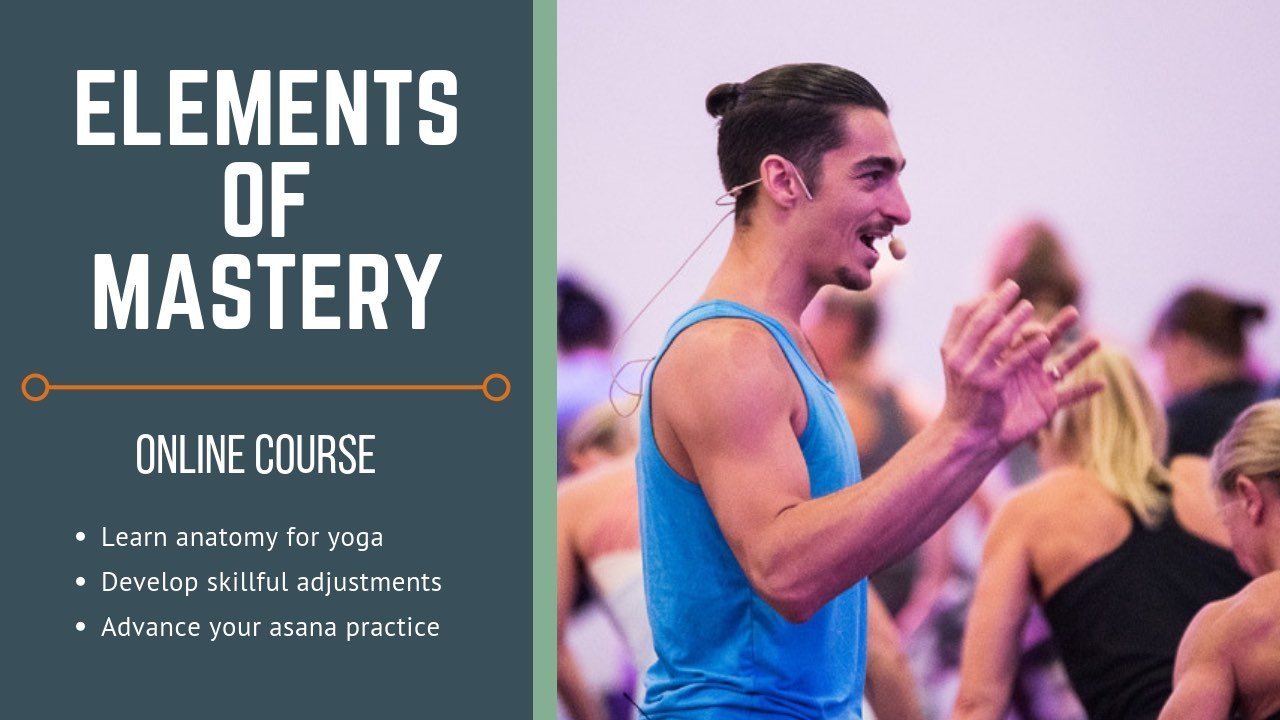

Product Bundles
Get access to 3 or more products so you can develop your yoga practice in a well rounded and enjoyable way right from your home! You will not only save money but you will also have unlimited access to feeling better in your body and mind!
Continue Learning
Arm Balance Transitions
Hanumanasana Hints
Hanumanasana HintssplitsHANUMANASANA HINTS Applying intelligent techniques to a posture like Hanumanasana is crucial—simply hoping for the best is definitely not the way to go! That mindset leaves us vulnerable to injury. Hanumanasana is also the type of pose that can...
Chin Stand
Chin Standganda bherundasanaCHIN STAND Without a doubt, Chin Stand requires preparation. This posture must be approached with the utmost humility, essential in order to respect the potential risk. If this pose is not explored regularly in our physical practice, it may...
Postpone The Stretch Sensation
Postpone the Stretch SensationflexibilityPOSTPONE THE STRETCH SENSATION If one of the goals of our physical yoga practice is to increase flexibility, we may automatically believe that we just need to stretch more. It’s critical that we understand that increasing...
Wake Up Your Wheel Pose
Wake Up Your Wheel Poseheart openerWAKE UP YOUR WHEEL POSE We don’t have to question it—we know whether or not we’re feeling open, free, and strong in Wheel Pose. There’s a lightness and expansiveness that takes over when everything falls into place: From the initial...
Spinal Spaciousness
Spinal Spaciousnessdancer poseSPINAL SPACIOUSNESS Some key indicators of spinal health include strong bones, durable yet flexible ligaments, supple discs, and strong supportive muscles. Aside from nutrition, it’s not enough to say that movement in general is enough to...
TOP RECOMMENDATIONS
Handstand Training
Learn the techniques that make Handstand fun, easy and accessible! This 2 part course consists of the top most effective exercises will increase your strength and technique so you can easefully balance a handstand.
SHOULDER REVELATION
In this 12 class immersion you will practice specific techniques to strengthen and unlock your shoulders. Each class focuses on a specific joint articulation and muscle group so you gain mastery in the shoulders.
HEART OPENERS
Finally, a 12 class immersion designed specifically to help you discover the freedom of heart openers. Learn how to avoid uncomfortable compression, and awaken your true range of motion in a step by step manner.
THE FREE TECHNIQUE PACK
When You Subscribe, You Will Get Instant Access to
- the Technique Pack: 15 yoga pose breakdowns
- exclusive online course discounts
- exclusive blogs and videos
Still Have Questions? Email Matt Directly

